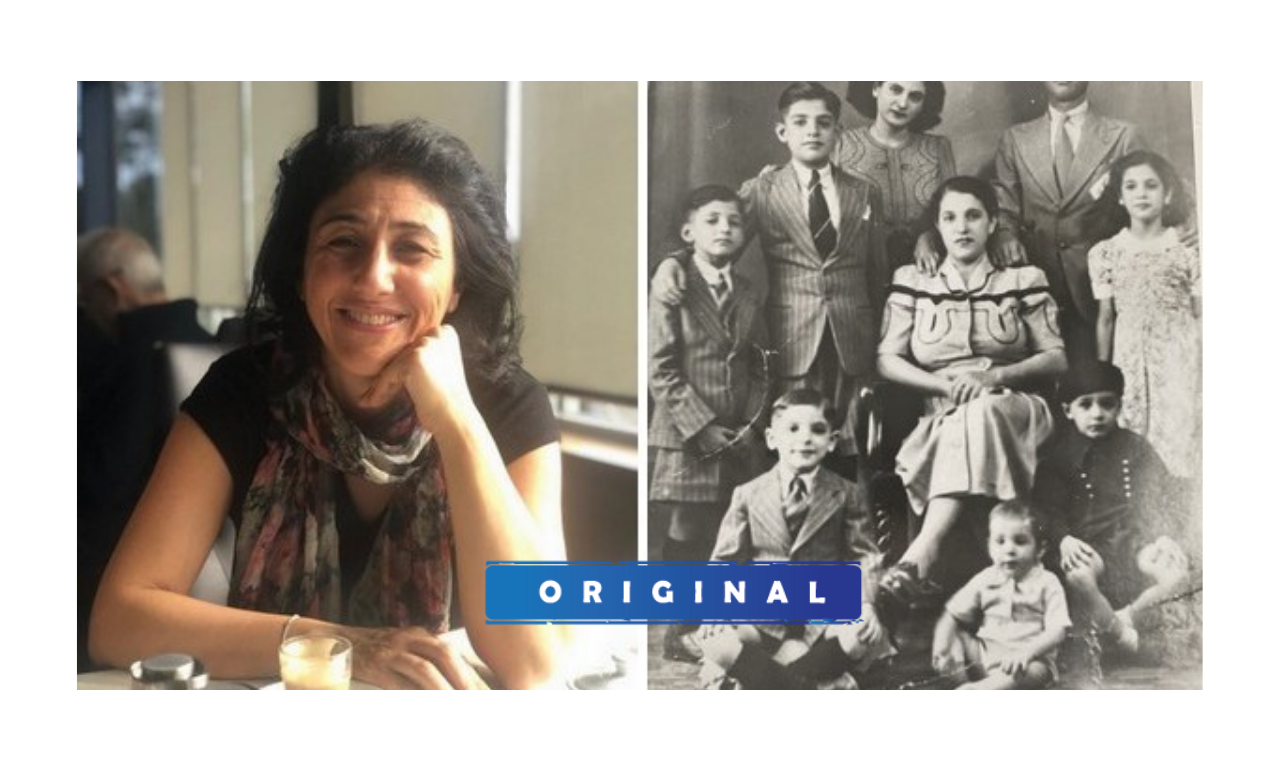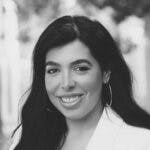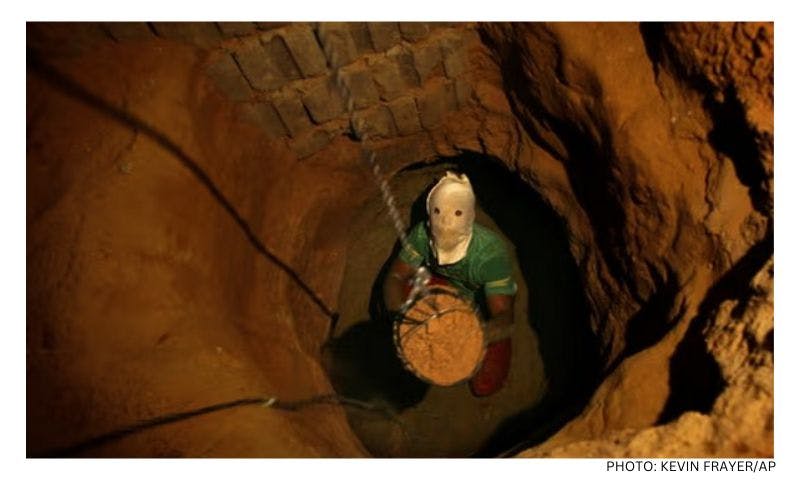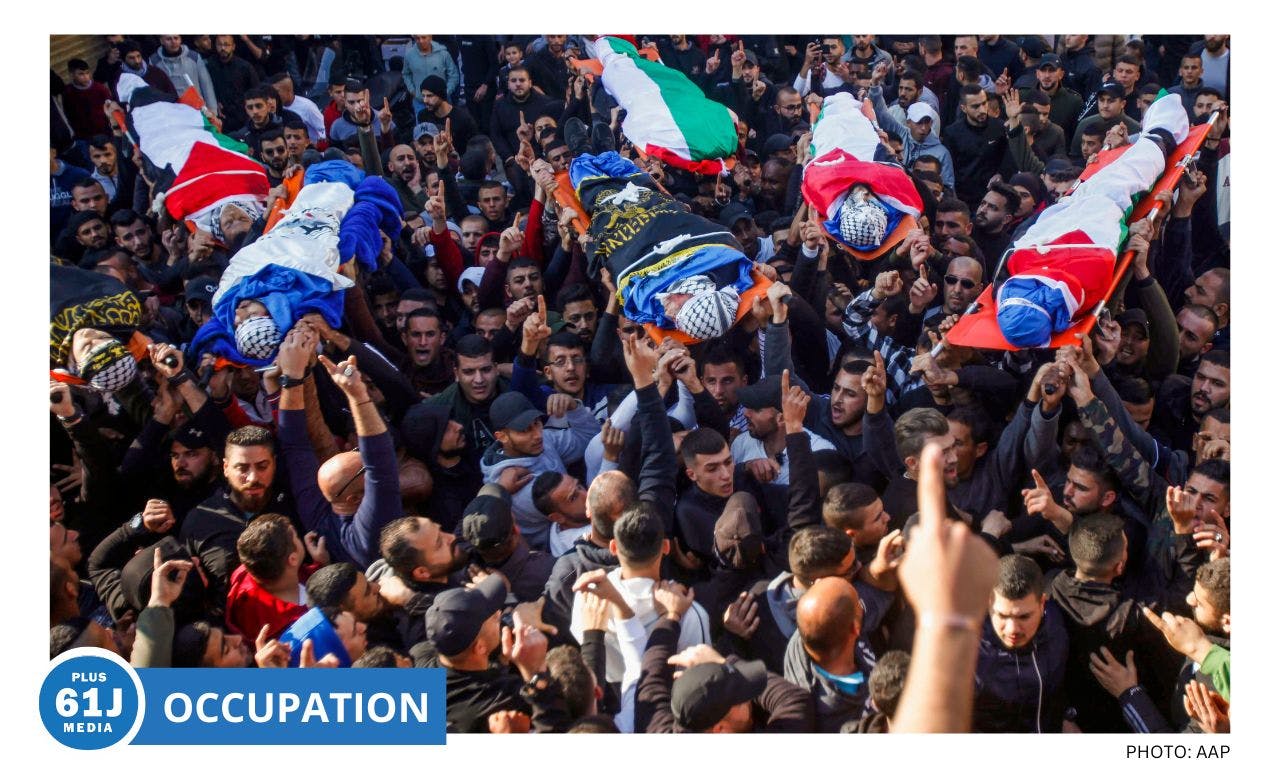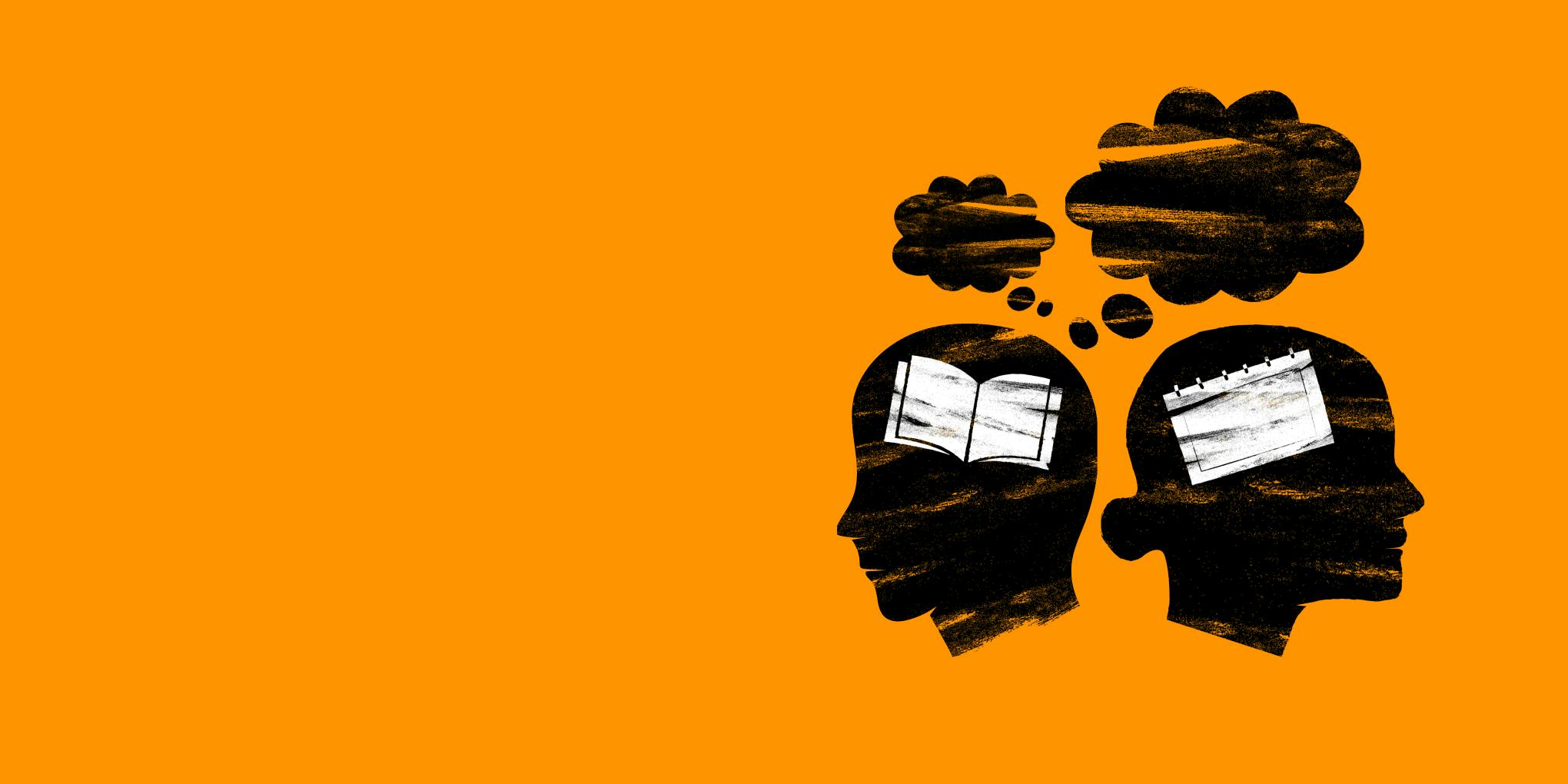Published: 2 July 2021
Last updated: 4 March 2024
REBECCA DAVIS: After years of neglect from the Australian community narrative, a new project will ensure the voices of Jews who lived in Islamic lands are preserved forever
GAD BEN-MEIR was 10 years old when his beloved Baghdad descended into bloodied anarchy.
It was Shavuot, June 1-2, 1941, and this was the Farhud — Arabic for “violent dispossession” — the pogrom that followed the collapse of the pro-Nazi regime of Rashid Ali. Between 180-800 Jews were murdered, thousands more were injured and women were raped and mutilated.
And anyone seen to be assisting Jews met the same fate.
Ben-Meir, who arrived in Melbourne in 1968 (after flying to Israel in 1950), remembers the Muslim judge who arrived at his house, flanked by two soldiers. “Come on,” he beckoned. “You are coming with me. I will take you to my home.”
With riots overtaking other areas of Baghdad, the judge silently led Ben-Meir, his parents and six of his siblings through the hushed streets of the city’s Jewish Quarter.
The judge was an associate of Ben-Meir’s cousin. He had already visited the cousin’s home in the Muslim Quarter and discovered it had been looted.
“They took everything. They didn’t even leave a nail on the wall.”
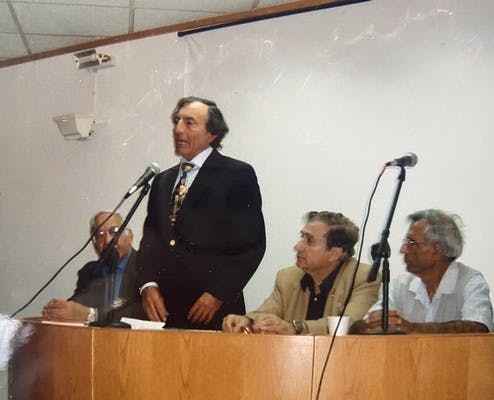
Searching for the family, the judge found Ben-Meir’s aunt and uncle huddled with their eight children in a small room on the second floor.
“Thank God you are still alive,” he told them.
For the remaining two days of the Farhud, the judge hid the 19 members of Ben-Meir’s family in the two-bedroom home he shared with his widowed mother.
“To say they were angelic is to minimise their deeds. The way she treated us, it was really absolutely incredible,” says Ben-Meir, who built the first Sephardi synagogue in Victoria.
Sisters Sabiha and Suad Abu Dawood also survived the Farhud as a result of the kindness and protection provided by their Muslim neighbours. Under the cloak of darkness, the mother of Sabiha’s friend arrived in a chauffeur-driven car to collect the sisters and hide them in her home. She kept them safe, returning them a few days later with baskets of gardenias from her garden.
Sabiha died in 2017. “She described to me the screams of their people at night, begging for mercy,” says her daughter, Anita Jawary.
Suad spoke with Jawary about her neighbour, “the handsome young man, blue eyed, who had a lovely young family”.
He was hanged in the street, his head later impaled on a gate.
Born and raised in Melbourne, Jawary recalls the memories of her father’s best friend, who found a relative lying on the road. He had knives in his ears. When the family took him to hospital, a nurse warned them not to accept any medicine: it was understood that doctors were prescribing poison to Jews.
Alfred Gubbay was seven years old at the time of the Farhud. He remembers not being able to leave his home. With phones disconnected, his family did not learn the extent of what was happening until the following day when a relative was sent to their house.
“But on the way he came across a mob that were yelling, ‘slaughter the Jews’,” says Gubbay, 87, who lives in Sydney.
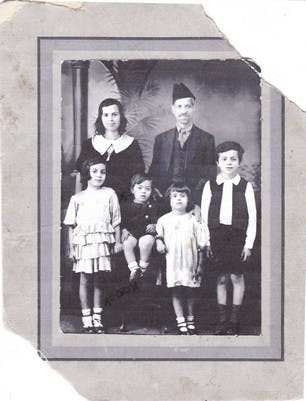
Faced by the marauding crowd, he was terrified. “And so”, Gubbay says, “he joined them.”
The Farhud was a turning point in the history of Iraq’s Jews. Tensions continued to simmer in the ensuing years, again reaching a crescendo in 1948 with the establishment of the State of Israel.
Soon followed the Operation Ezra and Nehemiah airlifts, so successful that by1952 more than 120,000 of the Iraqi Jewish population of 150,000 had revoked their citizenship and flown to Israel. It was an abrupt end to more than 2600 years of flourishing Jewish life and culture.
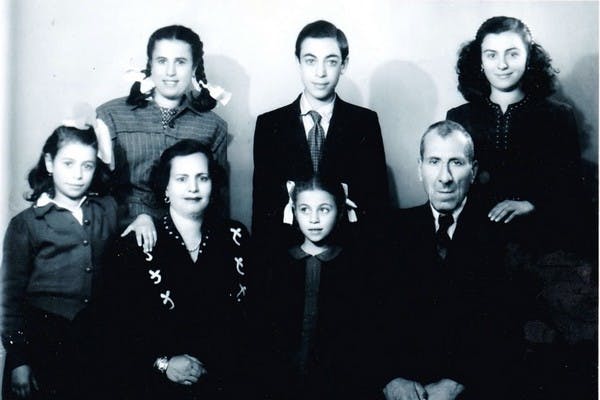
Today, just a handful of Jews (either three or four) remain.
This is a story familiar to Jews of other Arab and Muslim lands. Open policies of anti-Semitic incitement and ethnic cleansing resulted in the mass exodus of 850,000 Jews from across the Middle East, North Africa and Iran post-1948.
And yet, they are often termed “the forgotten refugees”; their history, culture and practices are lesser known, nor afforded the same visibility in the public space as Ashkenazi narratives.
MIRIAM MOSES-ZIEGLER’S family are Baghdadi Jews from Mumbai (formerly Bombay). Her great-grandparents, great-aunt and great-uncle were Farhud survivors.
While the Sephardi-Mizrahi presence in Australia dates back to the First Fleet, there is little meaningful representation of their stories in the mainstream Jewish community, she says. There are no official statistics but Sydney scholar Dr Myer Samra estimates that the population of Sephardi-Mizrahi Jews in Australia is about 5000-6000.
“Our experience is rarely documented, our plight ignored, and our heritage overlooked,” Moses-Ziegler said at a commemorative event marking 80 years since the Farhud, at Sydney Jewish Museum (SJM) last month.
Moses-Ziegler, 47, reflected on her own upbringing in Sydney and attendance at a Jewish school.
“For my entire school life, I did not see my cultural heritage reflected around me … Any knowledge of my community’s history, culture and customs came from home; and of course, my home away from home, the Sephardi synagogue.
“We were taught European Jewish history, liturgy, and customs — and as a such a process of assimilation and forgetting began.”
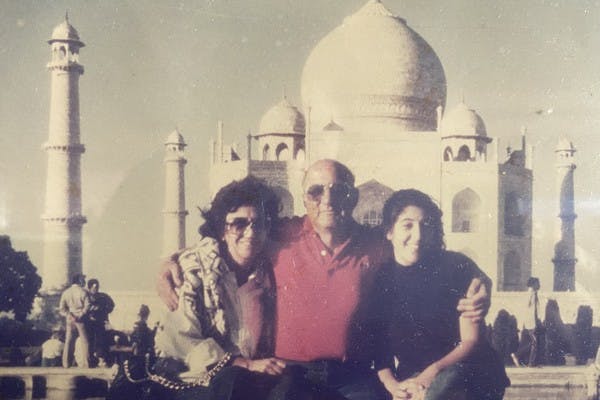
When Moses-Ziegler’s uncle became unwell ten years ago, she suddenly felt confronted by the idea of individual stories lost together with the lives of those who bore them. She says she pleaded with communal leadership to take action to preserve Mizrahi and Sephardi histories and heritage, but “it fell on deaf ears”.
Our children still do not learn about it in school, and our community is still largely ignorant of it.
And with the exception of the SJM’s temporary exhibition Jews from Islamic Lands, which launched in July 2020, the NSW Jewish Board of Deputies Farhud commemoration; and Yallah, its social and educational initiative which provides young adults with opportunities to embrace Mizrahi and Sephardi cultures, little progress has since been made towards preserving the rich and varied narratives.
“Our children still do not learn about it in school, and our community is still largely ignorant of it,” Moses-Ziegler says.
The ever-pressing reality of an ageing community recently reignited her drive to capture Mizrahi and Sephardi immigrant stories.
“We are in a race against the clock. We are losing this history.”
Late last year, Moses-Ziegler was serendipitously brought together with three like-minded Sephardi and Mizrahi Sydney women — Elana Benjamin, Lilach Weininger and Angela Vitek. A journalist who spoke to them individually for a piece about Singaporean and Indonesian Jews suggested they join forces.
“We all knew of each other,” Moses-Ziegler says. “I’ve known each of them independently for a long time. But I guess we didn’t know we had a shared passion.”
They clicked - and were determined to turn that passion into action. “I just started googling, and I found Sephardi Voices. It just hit a spot.”
Sephardi Voices (SV) is an international project born in 2009; the first comprehensive digital archive that documents and preserves the life stories of Jews who lived in Islamic lands with video, audio and photographs. Following Steven Spielberg’s USC Shoah Foundation model, the concept is grounded in capturing as many testimonies as possible.
To date, SV International and UK have collectively carried out over 500 interviews with Jews from more than 15 countries, including Iraq, Sudan, Morocco, India, Libya and Myanmar.
Moses-Ziegler says she was moved to tears upon discovering the existence of SV - and to find it had been endorsed by revered British historian Sir Martin Gilbert (who wrote a biography of Churchill and a landmark book about the Holocaust). “I just can’t tell you how powerful that was for me as an individual. It was acknowledgement and recognition that these stories matter, and that they should matter to other people as well,” she says.
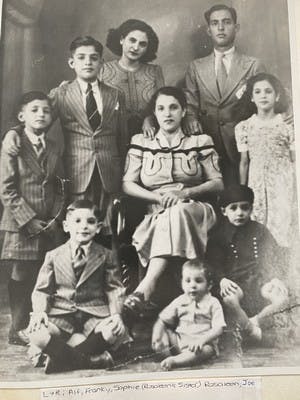
Moses-Ziegler contacted US-based SV International founder Dr Henry Green, and SV UK executive director Dr Bea Lewcowicz, and the response was immediate and positive: “Whatever you want, we will support you,” she recounts.
As such, in a collaboration with SV International and SV UK, Moses-Ziegler will oversee the establishment of an Australian arm, Sephardi Mizrahi Voices.
This is our story, and for too long it has been nowhere, invisible.
Green says he is “delighted” Australia will be joining “the SV family”, contributing with “the stories of the refugees who found a home and safety” on our southern shores.
The interviews will be housed in the SV archive at the National Library of Israel and made accessible online.
“To find people who immediately understood the importance of capturing our history, I just can’t explain how emotional it was,” Moses-Ziegler says,
FOLLOWING her address at the SJM, Moses-Ziegler was met by the tear-filled eyes and warm embraces by many of those in the audience: those Sephardi and Mizrachi members of the community with whom her experience of “otherness” resonated deeply.
They felt seen.
Since then, the SJM has given its support, with curator Shannon Biederman and community stories project manager Jacqui Wasilewsky leading a training session in mid-June where they shared their knowledge of planning, conducting and transcribing oral history interviews.
Wasilewsky offered up her team to conduct the first five interviews. “We are very happy to help with Sephardi and Mizrahi Voices as much as possible, to collaborate with them, but obviously we want to be guided by them and their needs,” she says.
Moses-Ziegler welcomes the support and is hoping to build on the gesture with the creation of collaborative relationships, project partners and funders from across the community.
“This is our story, and for too long it has been nowhere, invisible,” she says emphatically.
“We are your community.”
TO CONTRIBUTE YOUR STORY or offer support to Sephardi Mizrahi Voices Australia, contact Miriam Moses-Ziegler at smvaust@gmail.com
Main image: Miriam-Moses-Ziegler (left) and a photo of her father’s family in India
